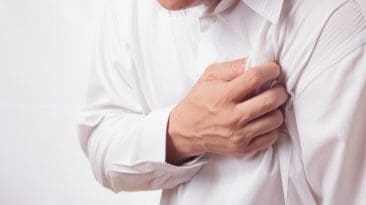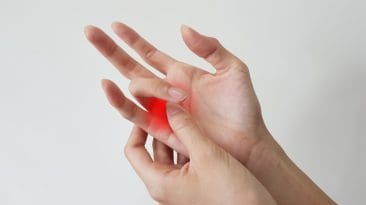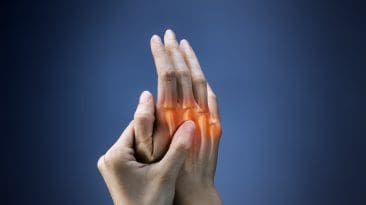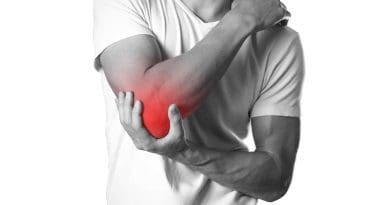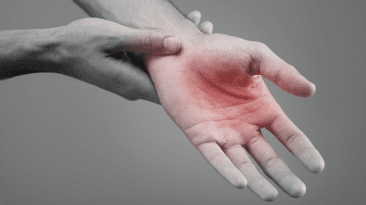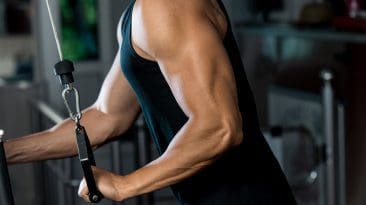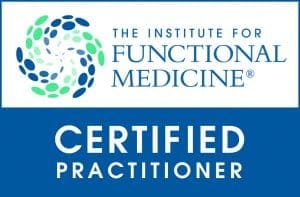Introduction The chest in the body has many functions: it helps provide stability on the shoulders, helps protect the heart and lungs, and bears most of the weight of...
Introduction The chest has the pectoralis major muscle that works with the upper half of the body that provides mobility and power. The pectoralis major also surrounds...
Introduction The chest in the upper half of the body comprises various structures that each have a job to keep the body functioning. The chest has different large...
Introduction Many people use their hands when going to work or doing normal things in their daily lives. The hands correlate with the five finger digits that provide...
Introduction When it comes to the body, the hands and fingers correlate with each other by giving the host the grip strength to carry and hold items. The items can range...
Introduction The hands are the main show when it comes to the body. They can be expressive when a person is talking, they can carry items from place to place, and when...
Introduction The elbows and the forearms have a casual relationship with each other as they provide flexion and retraction of the arms in the body. Each different muscle...
Introduction The fingers are in a close relationship with the hands and the body. Each finger digit is controlled by various muscles encompassing the wrist and forearms...
Introduction The forearms have a casual relationship with the hands and the wrist as they are below the elbow and have very important motor functions. The hands and...
Introduction One of the many muscles that help stabilize the shoulders and provide movement when the arms are in motion. The tricep muscles are one of the most...







